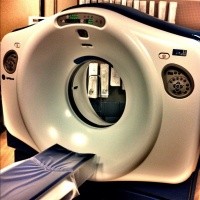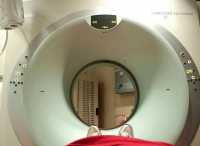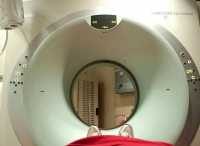Author Interviews, Cancer Research, CT Scanning, Lung Cancer / 04.02.2020
CT Screening For Lung Cancer Can Reduce Lung Cancer Mortality in a High Risk Population
MedicalResearch.com Interview with:
Carlijn M. van der Aalst, Ph.D. MPH
Department of Public Health
Erasmus MC
MedicalResearch.com: What is the background for this study?
Response: Lung cancer is the leading cause of cancer-related mortality among both men and women. About 70% of patients with lung cancer are diagnosed with advanced disease, which results in only 15% surviving five years. About 70% of patients with lung cancer are diagnosed with advanced disease, a stage in which cure is problematic. This results in only 15% surviving five years. Although quit smoking is most effective in preventing lung cancer, about half of all lung cancers are currently diagnosed in former smokers, who remain at high risk for decades after quitting smoking.
The National Lung Screening Trial (NLST; U.S.) reported a 20% lung cancer-related mortality reduction and a 6.7% reduction in all-cause mortality for CT screening compared with chest radiography screening for lung cancer in 53,454 enrolled subjects at high risk for lung cancer.1 As a consequence, the United States Preventive Services Task Force (USPSTF) requested an independent review and a modelling study. Based on these NLST data, an efficient strategy with a reasonable harm-benefit ratio could be established, resulting in the recommendation to annually screen persons aged 55-80 with ≥30 pack-years of smoking history, who currently smoke or quit smoking <15 years ago.
However, data of only one trial provides limited evidence and more trial data are needed. NELSON is the second largest lung cancer screening trial that is adequately designed to provide the evidence that is needed to conclude whether CT screening can reduce lung cancer mortality.
(more…)












